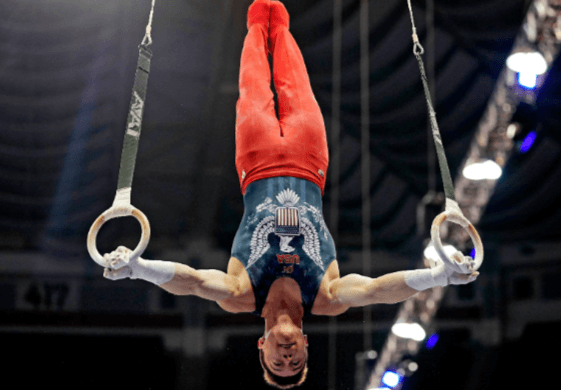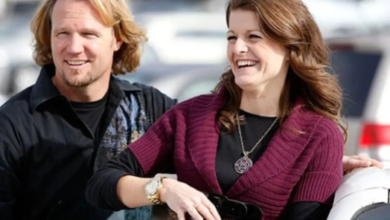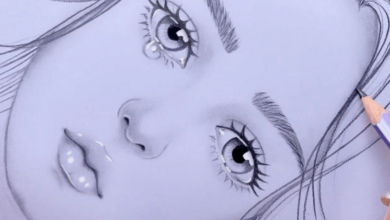How can athletes train for the gymnastics and dance elements of vaulting?

Introduction
Vaulting is a unique sport that combines the elegance of dance with the athleticism of gymnastics, performed on a moving horse. Training for this intricate sport requires a blend of strength, flexibility, coordination, and artistic expression. In this comprehensive guide, we will explore how athletes can effectively train for the gymnastics and dance elements of vaulting, offering detailed insights and practical tips to enhance performance.
Understanding Vaulting
Vaulting is a form of equestrian sport that involves performing gymnastic and dance routines on horseback. It requires a harmonious partnership between the vaulter and the horse, as well as exceptional physical and mental skills.
Vaulting has a rich history dating back to ancient times. Over the years, it has evolved into a competitive sport with standardized rules and techniques. Understanding its history can provide valuable context for training.
Key Elements of Vaulting
Gymnastics plays a crucial role in vaulting, incorporating moves such as handstands, cartwheels, and flips. These elements require strength, balance, and precise execution.
Dance elements add an artistic flair to vaulting routines. Movements like pirouettes, leaps, and rhythmic sequences enhance the aesthetic appeal and fluidity of the performance.
Physical Conditioning for Vaulting
Strength training is essential for vaulters to perform powerful and controlled movements. Exercises like weightlifting, resistance training, and bodyweight exercises are crucial.
Flexibility is vital for executing gymnastic and dance elements. Stretching routines, yoga, and Pilates can help improve flexibility and prevent injuries.
Balance and coordination are key for maintaining stability on a moving horse. Practices like balance board exercises, stability ball workouts, and specific vaulting drills are beneficial.
Incorporating gymnastics training can significantly improve a vaulter’s performance. Techniques include practicing on gymnastics apparatus, perfecting tumbling skills, and focusing on core strength.
Dance training enhances the artistic aspect of vaulting. Ballet, contemporary dance, and rhythmic gymnastics can help vaulters develop grace, fluidity, and expressive movements.
Incorporating Equestrian Skills
A deep understanding of the horse’s movement is crucial. This includes knowing the horse’s gait, rhythm, and how to synchronize movements with the horse.
Establishing a strong bond with the horse through regular riding, grooming, and training sessions is essential for a successful performance.
Practical Exercises and Drills
A strong core is vital for maintaining balance and control. Planks, Russian twists, and leg raises are excellent core exercises.
Practicing balance drills on a balance board or stability ball can enhance stability and coordination.
Flexibility Routines for Range of Motion
Incorporating daily stretching routines and yoga can improve flexibility and prevent injuries.
Mental toughness is crucial for competing in vaulting. Techniques like visualization, mindfulness, and stress management can help build mental resilience.
Maintaining focus and concentration is key during performances. Meditation and concentration exercises can enhance these skills.
Nutritional Considerations for Vaulters
A balanced diet rich in proteins, carbohydrates, fats, vitamins, and minerals supports overall health and performance.
Staying hydrated is vital for maintaining energy levels and preventing cramps during training and performances.
Understanding Common Vaulting Injuries
Injuries like sprains, strains, and fractures can occur in vaulting. Understanding these injuries helps in prevention and treatment.
Preventive measures include proper warm-up, cool-down, strength training, and using protective gear.
As vaulters progress, incorporating advanced gymnastics moves like flips and aerials can enhance routines.
Advanced dance training focuses on complex sequences and choreography to elevate the performance.
Finding the Right Coach
A knowledgeable and experienced coach is crucial for proper guidance and improvement.
Customized training programs that address individual strengths and weaknesses can optimize performance.
Competitions and Performance
Effective preparation includes physical conditioning, mental readiness, and routine practice.
Tips for a successful performance include staying calm, focused, and confident.
FAQs
How often should vaulters train?
Vaulters should train at least 4-5 times a week, incorporating both on-horse and off-horse exercises.
What type of horse is best for vaulting?
A calm, well-trained, and balanced horse is ideal for vaulting. Horses with a rhythmic and steady gait are preferred.
How can beginners start with vaulting?
Beginners should start with basic gymnastics and dance training, gradually incorporating vaulting exercises under the guidance of a coach.
What safety measures should be taken in vaulting?
Safety measures include wearing appropriate gear, proper warm-up and cool-down routines, and ensuring the horse is well-trained and calm.
Can adults participate in vaulting?
Yes, vaulting is suitable for all ages. Adults can participate and benefit from the physical and mental aspects of the sport.
How important is flexibility in vaulting?
Flexibility is crucial for executing various movements and preventing injuries. Regular stretching and flexibility exercises are essential.
Conclusion
Training for the gymnastics and dance elements of vaulting requires a holistic approach, combining physical conditioning, technical training, and mental preparation. By following the detailed strategies outlined in this guide, athletes can enhance their performance and enjoy the unique and rewarding sport of vaulting.







